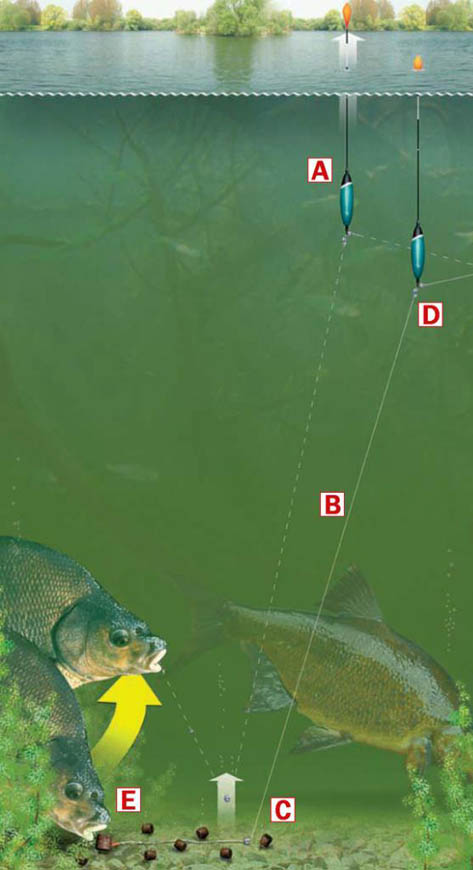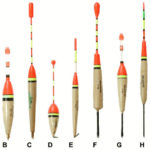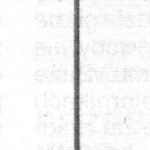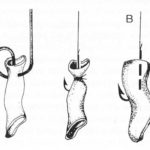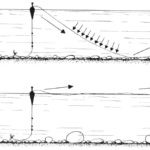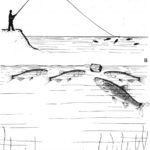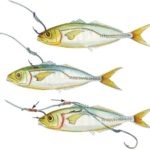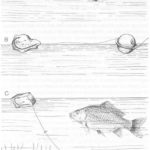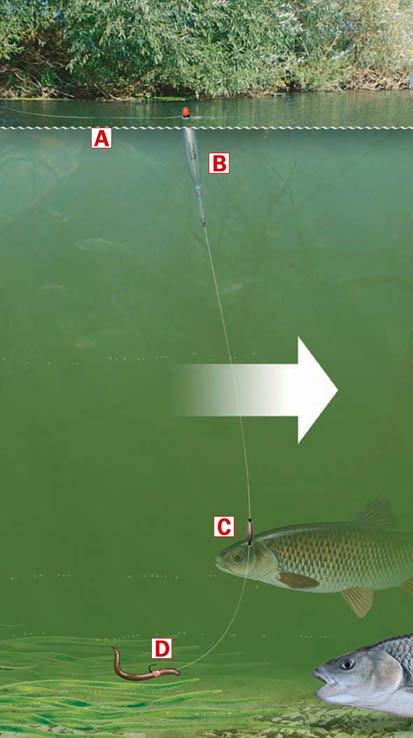 Niekiedy przed wędkowaniem nie mogę się zdecydować, czego najpierw spróbować. Wtedy pierwszeństwo daję wędce spławikowej. A to nie tylko dlatego, że z użyciem spławika można łowić na chyba dziesięć skutecznych i atrakcyjnych sposobów i złowić przy tym praktycznie każdą rybę – od ledwie odrośniętego okonka aż do potężnego suma. Może również dlatego, że w tym smukłym, różnokolorowym cudzie z gracją kołyszącym się na wierzchołkach fal widzę nieco romantyki… Spławik w niemałym stopniu służy także ćwiczeniu sprawności i refleksu, a jego stosowanie jest znakomitą szkołą opanowania pozostałych metod połowu.
Niekiedy przed wędkowaniem nie mogę się zdecydować, czego najpierw spróbować. Wtedy pierwszeństwo daję wędce spławikowej. A to nie tylko dlatego, że z użyciem spławika można łowić na chyba dziesięć skutecznych i atrakcyjnych sposobów i złowić przy tym praktycznie każdą rybę – od ledwie odrośniętego okonka aż do potężnego suma. Może również dlatego, że w tym smukłym, różnokolorowym cudzie z gracją kołyszącym się na wierzchołkach fal widzę nieco romantyki… Spławik w niemałym stopniu służy także ćwiczeniu sprawności i refleksu, a jego stosowanie jest znakomitą szkołą opanowania pozostałych metod połowu.
Wędzisko do tej metody powinno być długości minimum 3,5 m. Do długości 6,5-7 m wędziska mogą być zaopatrzone w przelotki, dłuższe stosuje się raczej do zestawów bezkołowrotkowych, czyli przelotki są tu zbędne. Obydwa typy mają zarówno zalety, jak i wady. Zalety standardowego wędziska zaopatrzonego w kołowrotek polegają na tym, że umożliwia zarzucanie nawet na duże odległości, jest też bardzo pomocne przy ewentualnym zacięciu i holowaniu większej sztuki. Zaletą stosowania długiego wędziska bezprzelotkowego jest możliwość zbudowania idealnie lekkiego, prostego, pewnego i czułego zestawu pozbawionego jakiegokolwiek obciążenia. Umożliwia on lekkie i celne zarzucanie oraz niezawodne zacięcie, a to dzięki długości wędziska, bowiem zestaw przy zacinaniu zdobyczy tworzy z wędziskiem niemal idealny kąt prosty. Takie wędzisko pozwala także na właściwe kierowanie spławikiem i przynętą w wodach płynących czy, ewentualnie, przy wietrze i pofalowanej powierzchni wody.
W obydwu wypadkach wędziska powinny być delikatne, czułe, a najlepiej, gdy do tego mają twardszą akcję, która umożliwia sprawne zarzucanie i — co szczególnie ważne – błyskawiczne reagowanie na zainteresowanie ryby przynętą. (Istnieje oczywiście ryzyko utraty większej ryby przy stosowaniu twardszego wędziska; trzeba być przygotowanym także na to).
Kołowrotek stosowany przy tej metodzie powinien być stosunkowo mały i lekki, dopasowany do wędziska. Powinien jednak mieć pojemną, szeroką szpulę. Haczyki powinny być delikatne, ostre i wytrzymałe. Przystosowaniu przynęt roślinnych powinny mieć krótki trzonek, natomiast do przynęt zwierzęcych – dłuższy. Im cieńszą żyłkę stosujemy, tym lepiej – zarówno ze względu na ułatwioną manipulację, jak i podejrzliwość ryb. Nie należy się obawiać nawet najcieńszych żyłek – od 0,10 do 0,15-0,18 – wybór zależy jednak także od wielkości oczekiwanych zdobyczy. Odpowiedniejsze będą bardziej miękkie żyłki, warto także zwrócić uwagę na ich barwę: powinny być np. w kolorach piaskowych i im podobnych, nie rzucających się w oczy. Spławik może być różnej wielkości — w zależności od obciążenia, jednak wybieramy raczej mniejsze niż większe. Wybór typu spławika na różne wody powinien być uzależniony od okoliczności: na wody stojące i powoli płynące odpowiedniejsze są spławiki smukłe (ze względu na mniejszy opór wody), do bardziej wartkich wód spławiki powinny być stabilniejsze, a więc masywniejsze, o kształtach beczkowatych albo nawet płaskie. Jako obciążenia używane są śruciny lub też małe ciężarki typu łezka czy oliwka.
